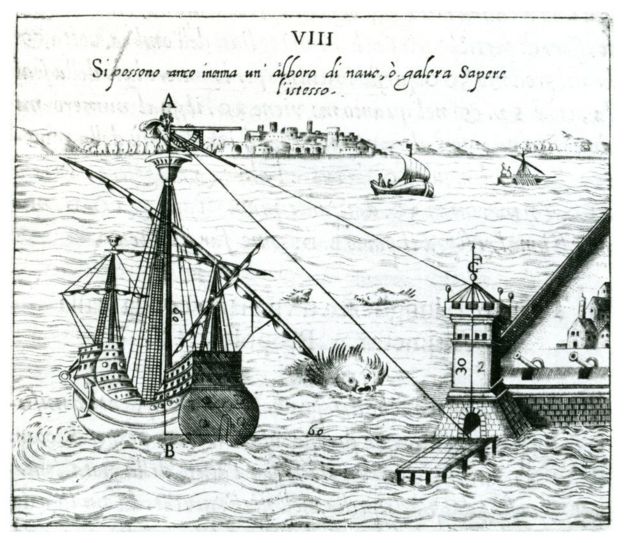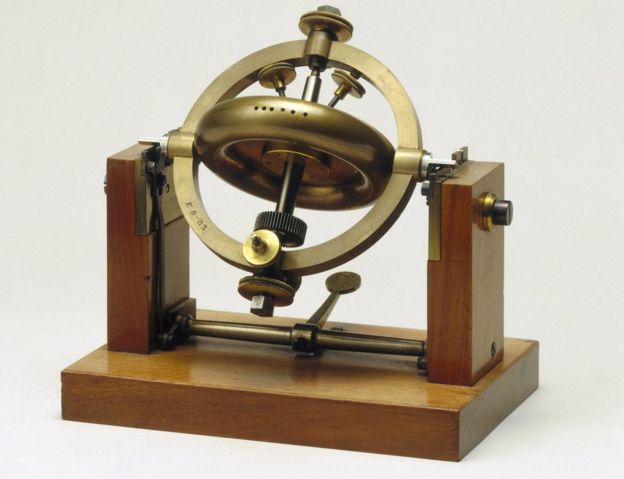 |
| Bookstore in Reno, courtesy Jacqueline Church Simonds |
How many times have you seen a customer in a bookstore -- or a hardware store, for that matter -- wandering the aisles with phone in hand, checking the online prices of the same things?
It's an all-too-human trait, like the cruise ship passengers who come into our Wellington supermarkets, just to
ooh and
ahh about what we are charged for lettuces or chocolate or whatever.
But has anyone thought about the economic consequences of this casual behavior?
The proprietor of a bookstore did, after he became tired of watching customers check the prices of his stock, and then stomp off to buy the book on Amazon. Or whatever. He sketched out his justified anger in a tweet -- and was amazed when it went viral.
It even reached the august ears of the
Chicago Tribune. And their roving reporter,
Mary Schmich, wrote a story about it.
Danny Caine, who is 32, was sitting in the tiny office of his bookstore the other day when he heard a customer at the counter say something he hears a lot.
Listening to the clerk patiently try to answer the customer’s complaint, he stifled his reflexive frustration and decided to do something productive.
On the store’s Twitter account, he began to type:
“Today a customer mentioned that she could get a new hardcover book online for $15. Our mission is not to shame anyone for their shopping practices, but we do feel a responsibility to educate about what it means when a new hardcover is available for $15 online.”
He laid out some numbers.
“When we order direct from publishers, we get a wholesale discount of 46% off the cover price. The book in question had a cover price of $26.99, meaning our cost for that book from the publishers would be $14.57. If we sold it for $15, we’d make…43 cents.”
Tweet by tweet, he continued the math.
“We have 10,000 books in stock. If we sold every one of them with a 43 cent markup, we’d make enough to keep the store open for about six days.”
He also listed thoughts on how independent book stores strengthen communities. They create jobs and pay taxes. They offer author visits, open-mic nights, a place to hang out, store cats to pet and photograph, etc. He concluded:
“If you’ve ever wondered why it seems like ‘there are no bookstores anymore’ or why retail businesses keep closing in your downtown, this is it. A cheap book still has a high cost.”
Caine sent his words into the ether expecting they might be seen by a few of the 6,200 Twitter followers of The Raven Book Store in Lawrence, Kan. That was on Wednesday.
On Thursday morning he got up and checked his phone notifications.
“Oh my God,” he thought.
His initial tweet had been retweeted thousands of times, all across the country, by readers, writers and bookstores, including Chicago’s Women & Children First, which is how I stumbled on it while cruising for news of the Mueller Report.
It made me do a double take. A tweet from a little Kansas bookstore had stirred more reaction than most of the tweets about the day’s big news?
Want to read more? Hit the title of the newspaper to get the full story.
I learned about it from a writer/publisher friend who works in a large bookstore in Reno, Nevada. "Every day, I hear, "Well, if you don't have it, I'll order it on Amazon." and I always think, hey, thanks for making sure 70 local people will be unemployed," she said.
"The internet has made people casually mean, ridiculously cheap, and value other humans less. There's no better place to witness this than in retail."












































